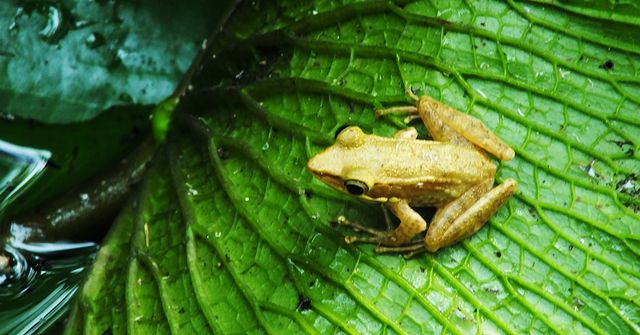
Carbon project co-benefits for globally threatened species
Global biodiversity is declining at the fastest rate in tens of millions of years. Carbon markets can contribute towards slowing this decline by financing the protection and restoration of habitats for threatened biodiversity.
Nearly one third of BeZero-rated nature-based carbon projects have a high potential to benefit globally threatened species. Projects in the Peatlands, Mangroves, and Avoided Deforestation sub-sectors are especially important, given their activities and locations.
Together with carbon ratings and high-resolution satellite monitoring, biodiversity analytics on the BeZero platform allow customers to assess and compare the global climate and biodiversity benefits of hundreds of carbon projects around the world.
Contents
Claims and complexity
Biodiversity on the BeZero platform
Common threats to climate and biodiversity
Life forms and knowledge gaps
Assessing project impact